The environment you create for your pet snake is more than just a container—it’s their entire world. A naturalistic habitat mimics your snake’s native ecosystem, promoting natural behaviors, reducing stress, and creating a visually appealing display. Unlike sterile setups with newspaper and plastic hides, a thoughtfully designed naturalistic enclosure considers your snake’s evolutionary adaptations and psychological needs. This comprehensive guide will walk you through creating a slice of the wild for your serpentine companion, enhancing both their quality of life and your enjoyment as a keeper.
Understanding Your Snake’s Natural Environment
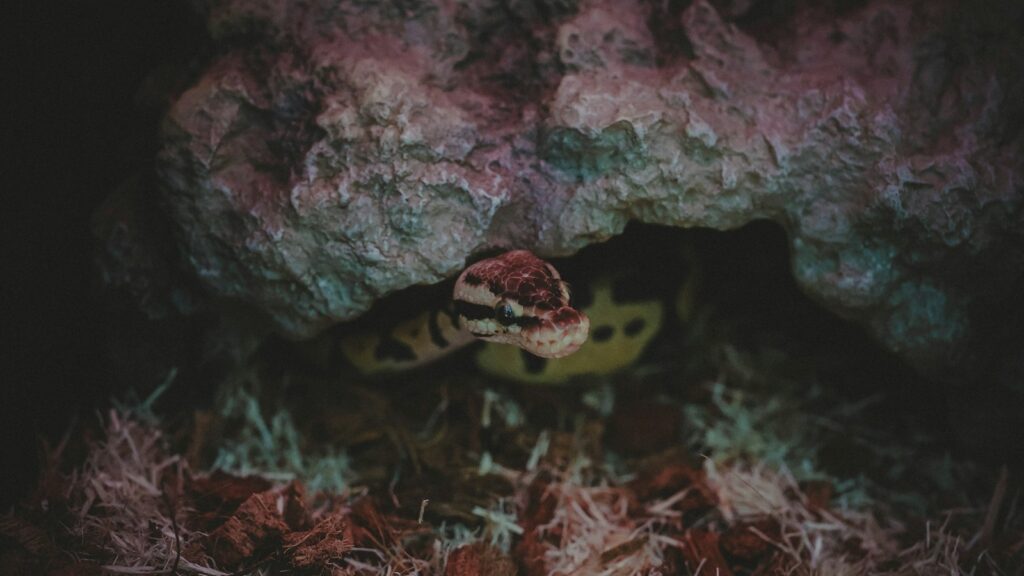
Before setting up a naturalistic habitat, research your specific snake species’ natural environment to understand what you should replicate. Ball pythons originate from grasslands and savannas of West and Central Africa, while corn snakes come from the southeastern United States’ mixed forests and meadows. Emerald tree boas require arboreal setups that mimic rainforest canopies, and hognose snakes thrive in environments with loose substrate for burrowing. This foundational knowledge guides your decisions on everything from enclosure size to humidity levels, substrate choice, and environmental enrichment. Consult field guides, herpetological journals, and reptile-keeping resources to learn about your snake’s natural behaviors and habitat preferences.
Selecting the Appropriate Enclosure
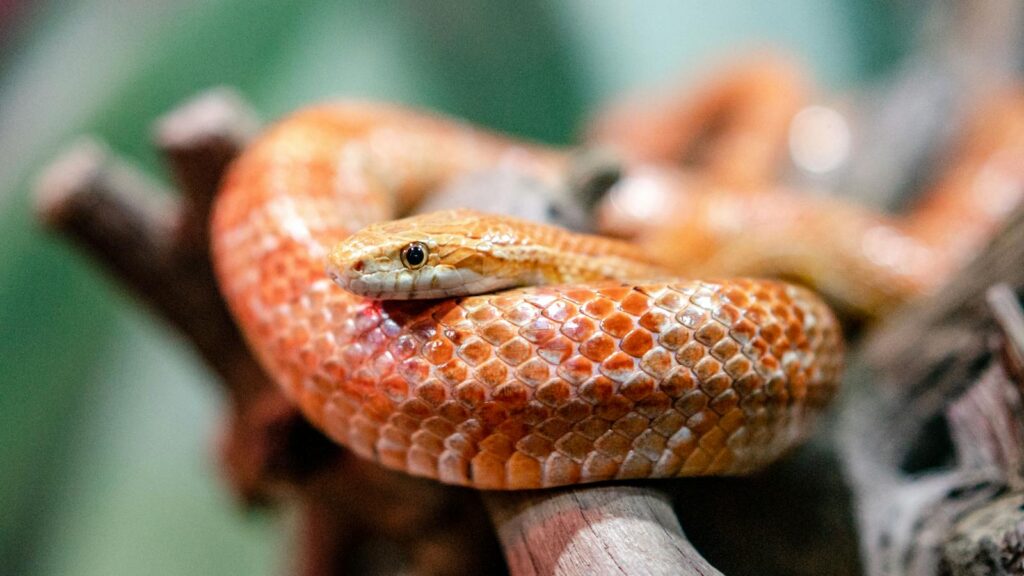
The foundation of a naturalistic habitat begins with selecting the right enclosure type and size. Glass terrariums provide excellent visibility but may struggle with heat and humidity retention, while PVC or wooden vivariums offer better insulation but reduced viewing opportunities. The enclosure should allow your snake to fully stretch out along at least one dimension, with a general rule being that the length plus width should equal or exceed the snake’s total length. Height becomes particularly important for arboreal species like green tree pythons or Amazon tree boas, which need vertical space for climbing and perching. Front-opening enclosures typically cause less stress during maintenance than top-opening options, as approaching from above can trigger a predatory threat response in many snake species.
Creating the Proper Temperature Gradient

Temperature gradients are essential in naturalistic snake habitats, allowing your pet to thermoregulate by moving between warmer and cooler areas. Install a primary heat source such as an under-tank heater, ceramic heat emitter, or radiant heat panel on one side of the enclosure to create a warm zone reaching your species’ preferred basking temperature. The opposite end should remain cooler, creating a temperature differential of approximately 10–15°F across the enclosure. Use digital thermometers with probes at both the warm and cool ends to monitor temperatures accurately, avoiding unreliable analog dial thermometers. Connect heat sources to thermostats to prevent dangerous temperature fluctuations that could harm or even kill your snake, especially in smaller enclosures where heat can build up quickly.
Maintaining Appropriate Humidity Levels
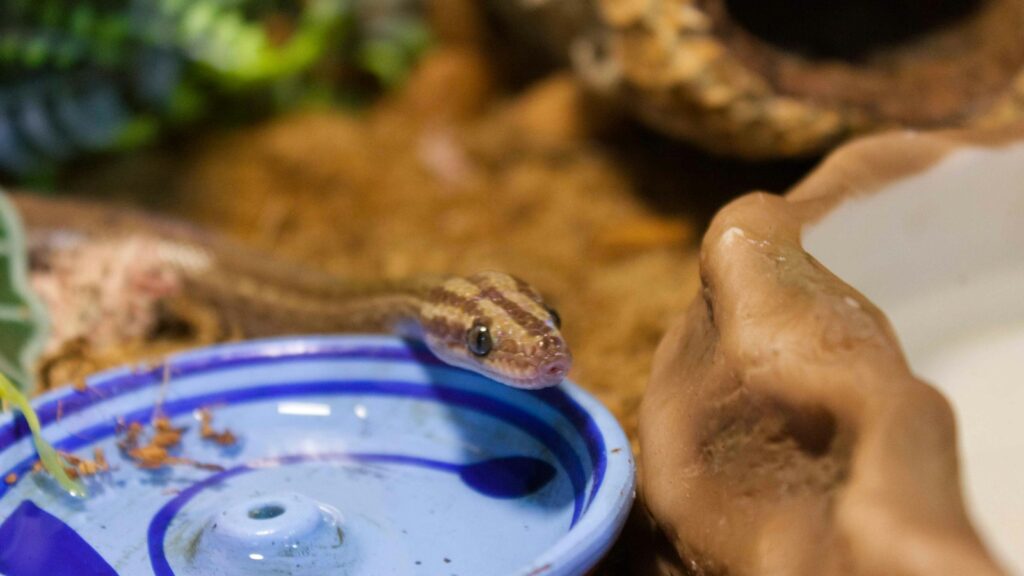
Proper humidity is crucial for snake health, affecting everything from successful shedding to respiratory function. Research your specific species’ humidity requirements—ball pythons typically need 50–60% humidity, while tropical species may require 70–90%. Incorporate a combination of ventilation and moisture-retaining features to achieve balance, such as water dishes sized appropriately for the enclosure, moisture-retaining substrates like coconut husk or cypress mulch, and strategic misting. Monitor humidity with digital hygrometers placed at different enclosure locations. Create microenvironments with varying humidity levels by incorporating moist hide boxes filled with damp sphagnum moss, particularly useful during shedding periods. For species from arid environments, ensure adequate ventilation to prevent dangerous moisture buildup while still providing humid retreats.
Choosing Natural Substrates

The substrate forms the foundation of your naturalistic habitat and significantly impacts both aesthetics and functionality. For forest dwellers, options like cypress mulch, coconut husk, or reptile-safe topsoil provide a natural appearance while helping maintain humidity. Desert-dwelling species benefit from sand mixes or crushed walnut shell, though pure sand should be avoided due to impaction risks. For burrowing species like hognose snakes, provide deeper substrate layers of at least 3–4 inches to accommodate natural digging behaviors. Create substrate variation by mixing compatible materials—for example, combining orchid bark, leaf litter, sphagnum moss, and soil to create a forest floor effect. Avoid cedar, pine, or artificially scented substrates, which contain harmful oils and chemicals that can cause respiratory damage to reptiles.
Incorporating Natural Hides and Retreats
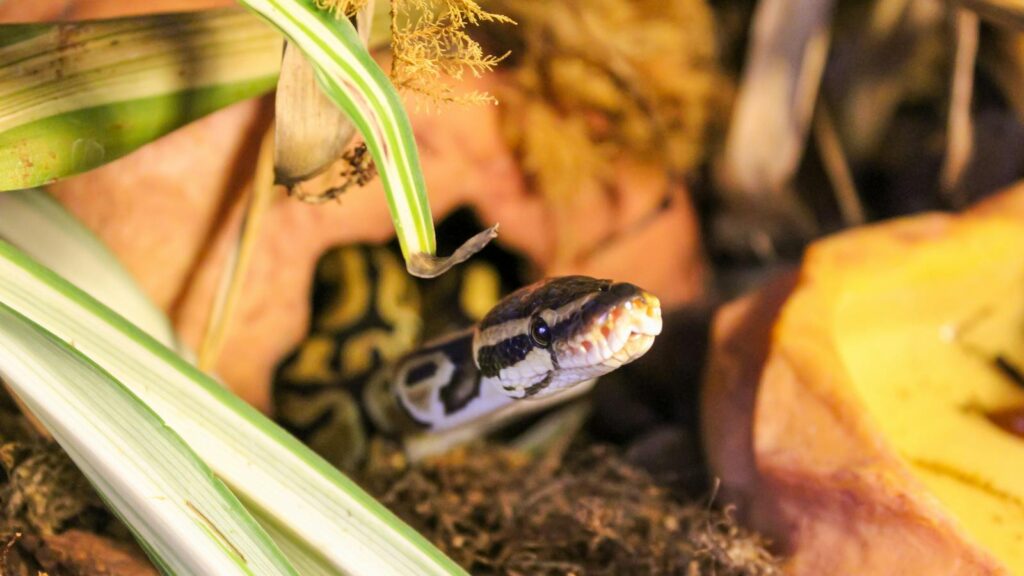
In the wild, snakes spend much of their time concealed in secure hiding spots, making multiple naturalistic hides essential for psychological security in captivity. Cork bark flats and rounds create excellent hide spots while adding visual appeal, with the added benefit of being mold-resistant in humid conditions. Hollow logs, properly sanitized driftwood, and commercially available rock hides (ensure they cannot collapse) provide additional retreating options. Position hides strategically throughout the temperature gradient, ensuring your snake can thermoregulate while remaining hidden—at minimum, provide one hide in the warm zone and another in the cooler area. For arboreal species, incorporate elevated hiding opportunities like bamboo tubes or coconut hides mounted to branches. Remember that security trumps aesthetics; if your naturalistic hides aren’t being used, modify them to create tighter, darker spaces your snake feels safe occupying.
Adding Climbing Opportunities and Branches
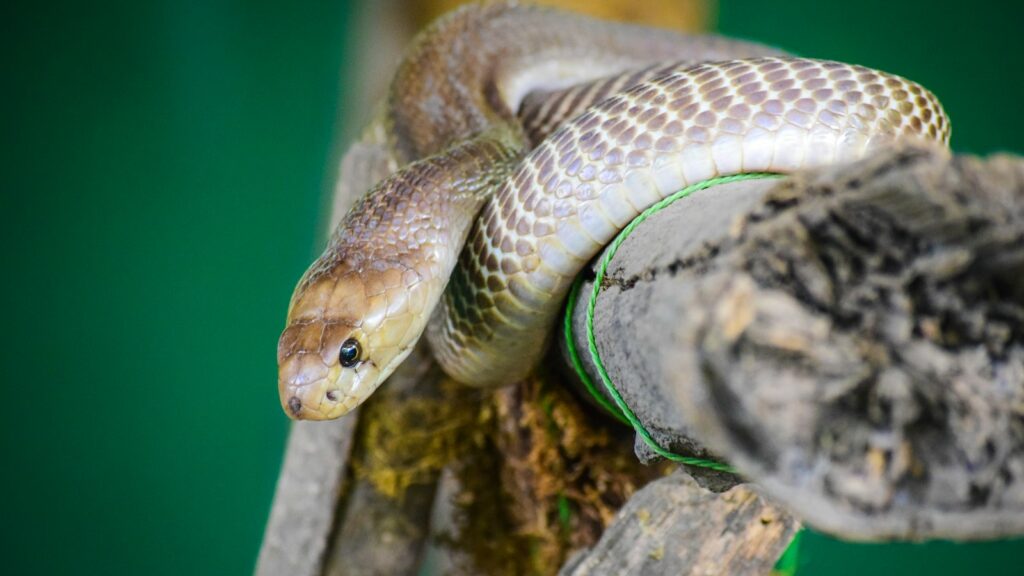
Even primarily terrestrial snake species benefit from climbing opportunities, which provide exercise, enrichment, and additional usable space in the enclosure. Select sturdy, sanitized branches from hardwood trees like oak, maple, or fruit trees, avoiding toxic woods like cedar, pine, or pressure-treated lumber. Arrange branches at various heights and angles to create pathways through the enclosure, ensuring all structures are securely anchored to prevent collapse. For arboreal species like green tree pythons, create multiple perching spots of different diameters, positioning them strategically near heat sources to create basking opportunities. Terrestrial species enjoy more modest climbing features like gently sloping branches or cork bark pieces that provide elevated basking spots without requiring extensive climbing. Consider your snake’s natural environment—rainforest species benefit from more complex branching networks, while grassland dwellers may prefer more modest elevation changes.
Incorporating Live Plants

Live plants transform an enclosure into a truly naturalistic vivarium while providing functional benefits like humidity regulation, additional hiding spots, and visual barriers that increase a snake’s sense of security. Select robust, reptile-safe plants suited to your enclosure’s conditions—pothos, snake plants, bromeliads, and spider plants tend to withstand reptile activity well. Plant directly in the substrate for the most natural appearance, or use hidden pots for easier maintenance and replacement. Consider your snake’s size and activity level when selecting plants; larger, more active species may damage delicate vegetation, requiring sturdier plant choices or strategic protective placement. For species that occasionally consume plant matter or may ingest substrate while feeding, ensure all plants are non-toxic and remove your snake to a separate feeding container during meals to prevent accidental ingestion of substrate or plant material.
Water Features and Drinking Sources
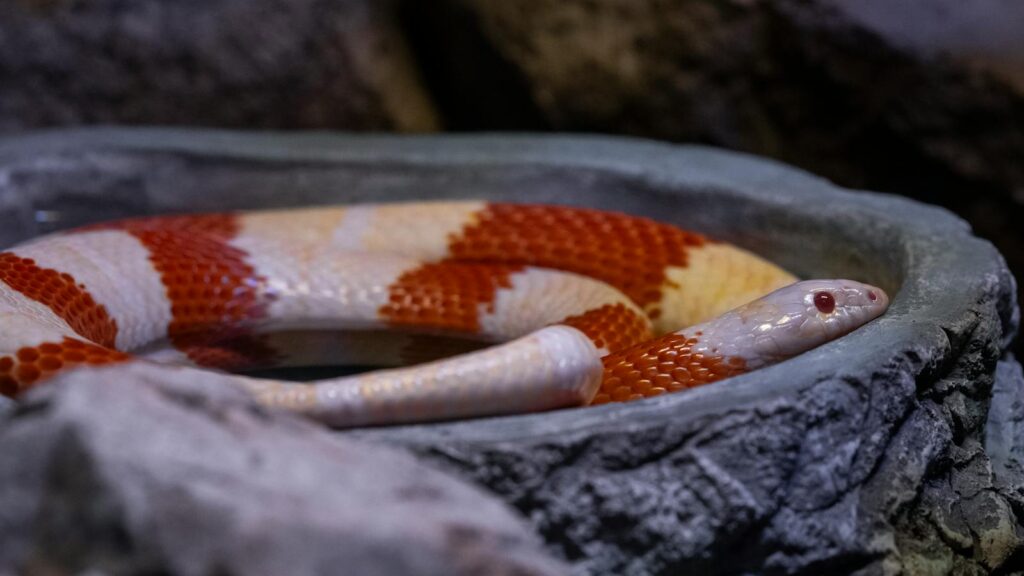
Water features serve both practical and aesthetic purposes in naturalistic snake habitats. At minimum, provide a water dish large enough for your snake to soak in completely, especially important during shedding periods. Position the dish in a location that allows easy access while minimizing substrate contamination. For more elaborate setups, consider recessed water areas that create a more natural appearance, though these require careful waterproofing and filtration considerations. Some keepers incorporate small recirculating waterfalls or streams, which, while visually appealing, require significant maintenance and careful planning to prevent moisture-related problems in the rest of the enclosure. Remember that stagnant water quickly becomes a breeding ground for bacteria, so daily cleaning is essential regardless of the water feature’s complexity.
Lighting for Naturalistic Cycles
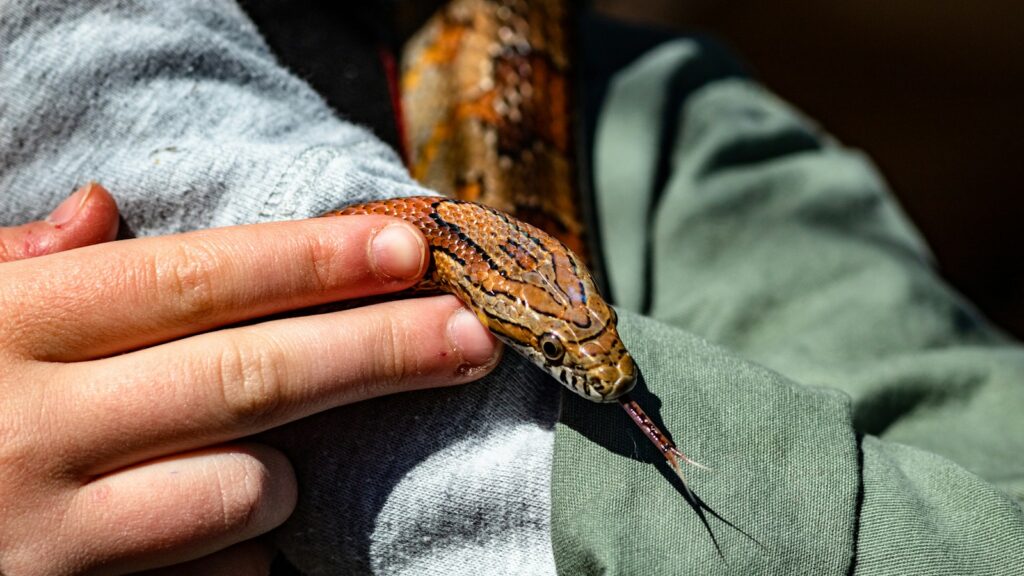
Appropriate lighting creates both visual appeal and biological benefits in naturalistic snake habitats. Establish a consistent day-night cycle using timers set to 12-14 hours of light followed by complete darkness, which helps regulate your snake’s circadian rhythms and natural behaviors. While most snakes don’t require UVB lighting for vitamin D synthesis (unlike many lizards), emerging research suggests that some species may benefit from low levels of UVB exposure. Full-spectrum LED lighting enhances plant growth and displays your habitat’s colors accurately without generating excessive heat. For nocturnal observations, use red or blue night lights sparingly, as recent studies suggest that snakes can perceive these wavelengths, potentially disrupting their natural behaviors. Consider incorporating subtle dawn/dusk transitions using programmable LED systems for the most naturalistic light cycle.
Adding Natural Décor Elements
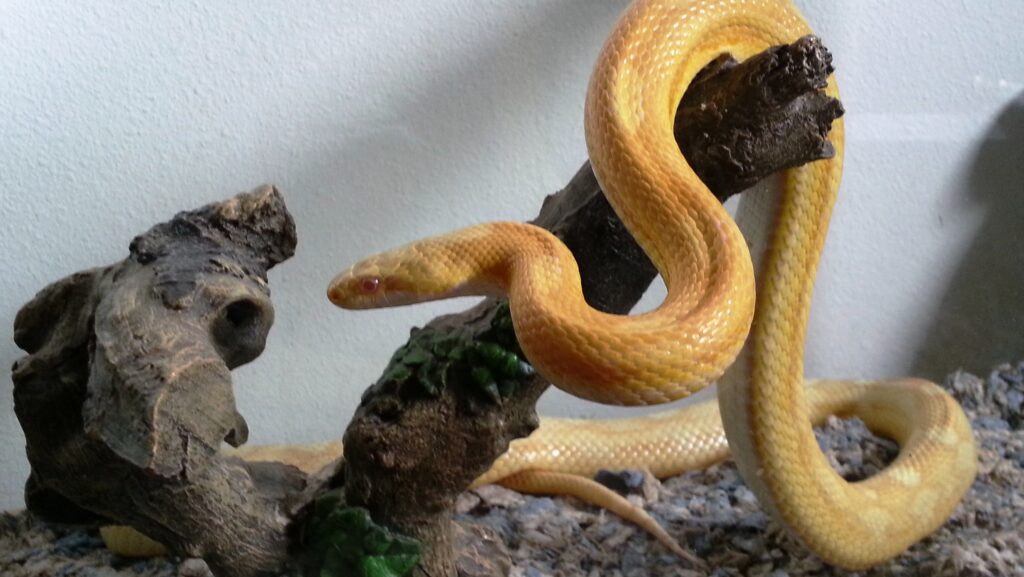
Strategic decoration not only enhances aesthetic appeal but provides functional enrichment for your snake’s environment. Incorporate sanitized rocks, slate pieces, or flat stones to create basking platforms and help with natural nail wear, being careful to stabilize larger items so they cannot shift and potentially injure your pet. Leaf litter made from sanitized oak, magnolia, or sea grape leaves adds naturalistic ground cover while providing additional hiding opportunities for smaller snakes. Create visual barriers using background materials like cork panels, hygienic foam backgrounds, or commercially available terrarium backgrounds that provide additional climbing surfaces. For truly elaborate setups, consider creating elevated terrain using ecological techniques like the “false bottom” method, which creates visual depth while improving drainage and maintaining healthy root systems for live plants.
Maintaining Your Naturalistic Habitat
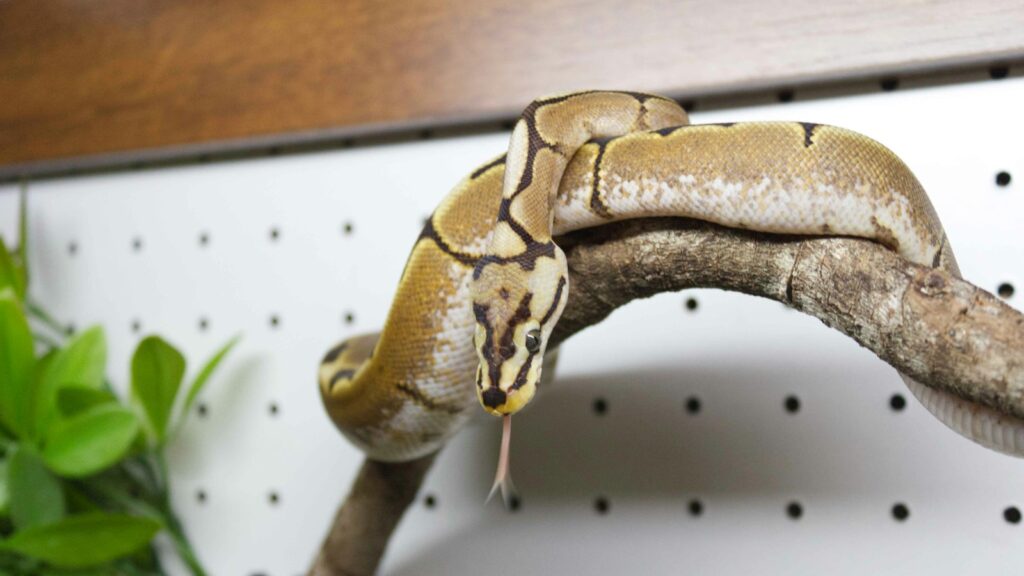
Naturalistic habitats require more thoughtful maintenance than minimalist setups, but proper routine care preserves both aesthetics and your snake’s health. Develop a regular spot-cleaning schedule to remove waste promptly, using reptile-safe cleaning solutions for disinfecting contaminated areas without harsh chemicals. Perform partial substrate changes every 2-3 months rather than complete replacements, which helps preserve beneficial microfauna and the established ecosystem. Monitor plant health closely, pruning dead growth and occasionally fertilizing with reptile-safe products at quarter strength to avoid chemical buildup. Watch for signs of mold or fungal growth, especially in higher-humidity setups, and address immediately by improving ventilation or removing affected materials. Periodically evaluate all decor elements for stability and safety, as substrate shifts and animal activity can destabilize previously secure items.
Balancing Aesthetics with Practicality
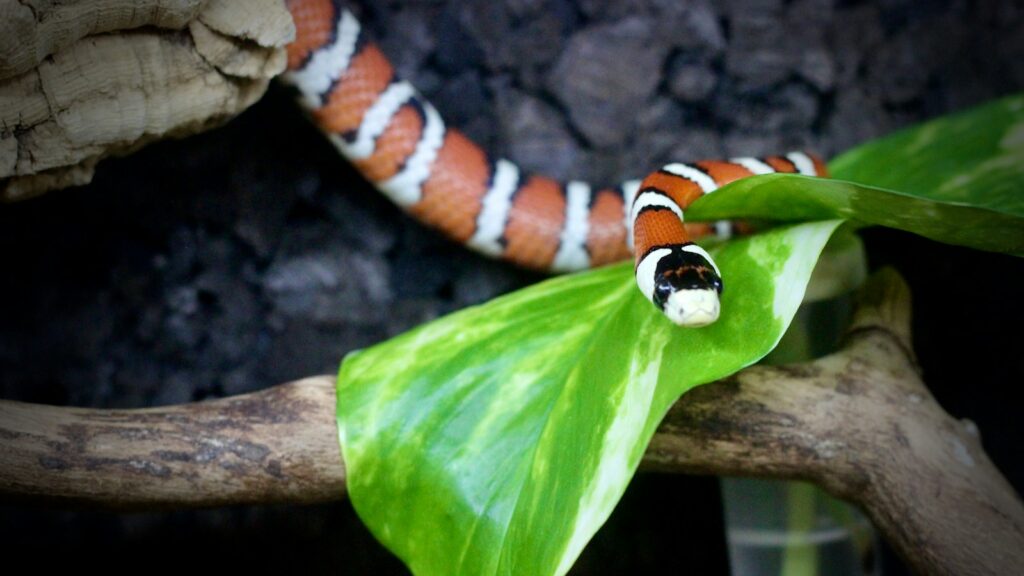
The most successful naturalistic habitats balance visual appeal with practical functionality for both the snake and the keeper. Design with maintenance in mind by ensuring all areas of the enclosure remain accessible for cleaning, particularly areas where waste commonly accumulates. Consider incorporating removable hide elements that can be easily sanitized without disrupting the entire setup. Position water dishes in easily accessible locations, even if this occasionally compromises the most naturalistic appearance. Remember that while dense planting creates a visually stunning display, it can make monitoring your snake’s health and behavior challenging—create strategic viewing windows through the vegetation. The most successful naturalistic setups evolve over time through careful observation of your snake’s preferences and behaviors, allowing you to modify elements that aren’t being utilized while enhancing features your snake gravitates toward.
A naturalistic snake habitat represents the pinnacle of reptile keeping, creating a slice of your pet’s natural environment within the confines of captivity. When thoughtfully designed and properly maintained, these setups promote natural behaviors, reduce stress, and provide an enriching environment that benefits your snake’s physical and psychological well-being. Beyond the benefits to your pet, a naturalistic vivarium creates a living display that connects you more deeply to your snake’s evolutionary heritage and natural behaviors. Whether you’re creating a desert ecosystem for a sand boa, a tropical paradise for a rainbow boa, or a woodland habitat for a milk snake, the principles of mimicking nature while accommodating captive care needs remain consistent. Your efforts will be rewarded with a healthier, more active snake displaying its full repertoire of natural behaviors in a captive environment that truly honors its wild origins.


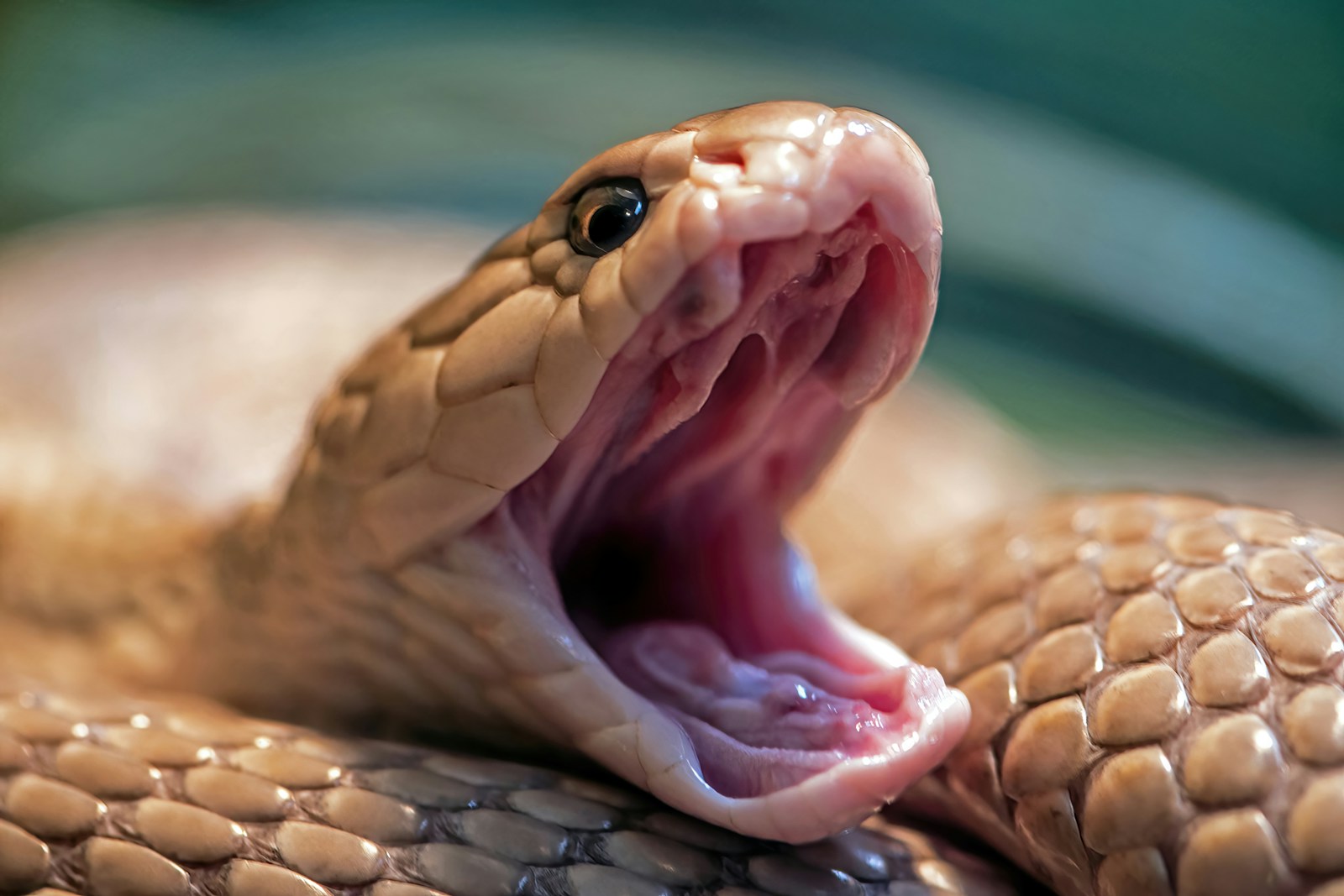



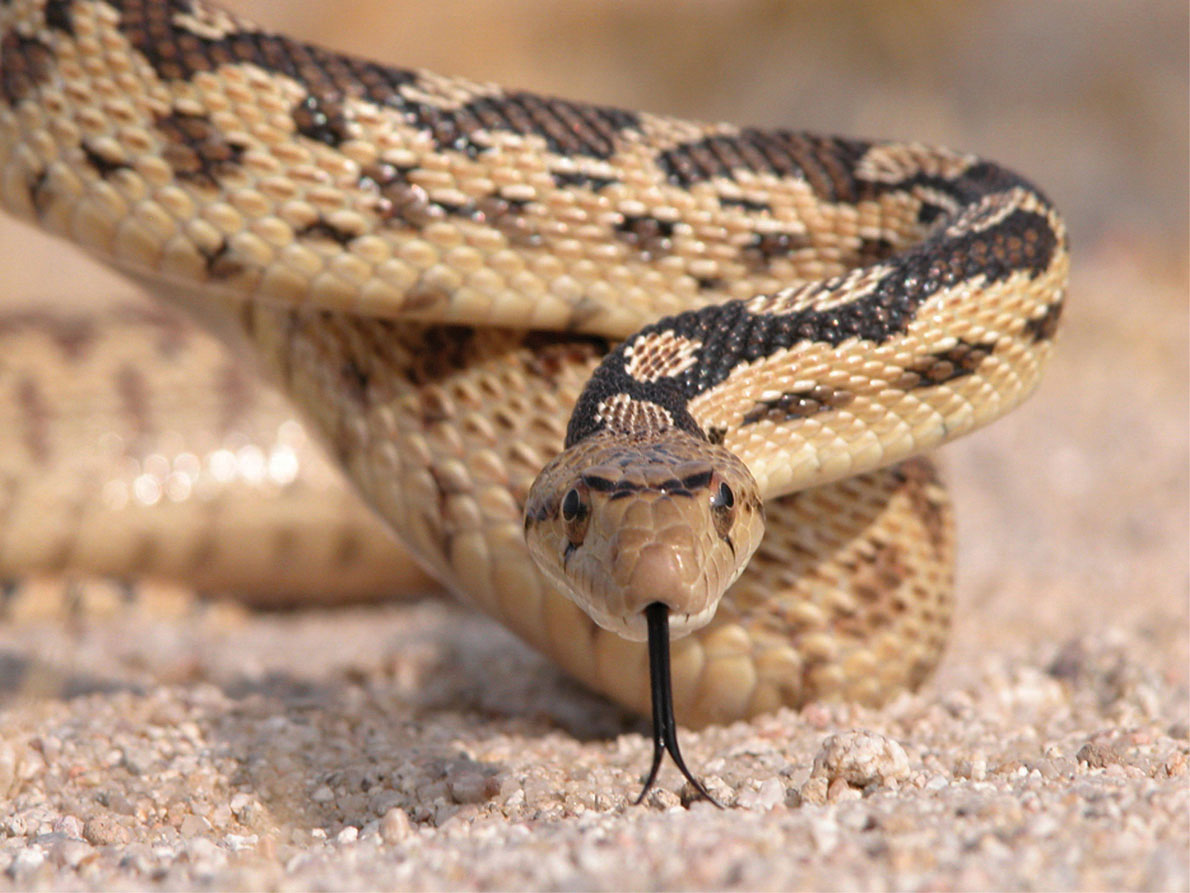


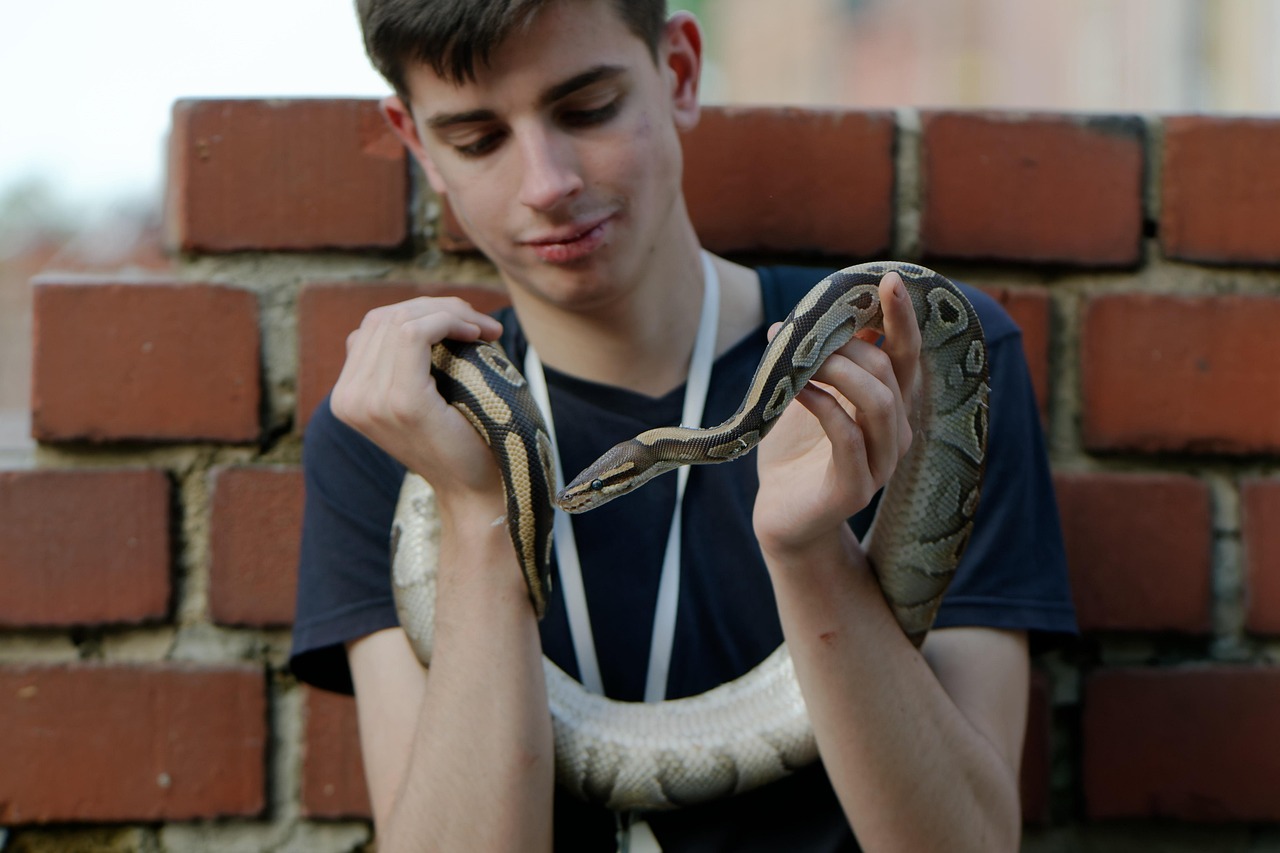
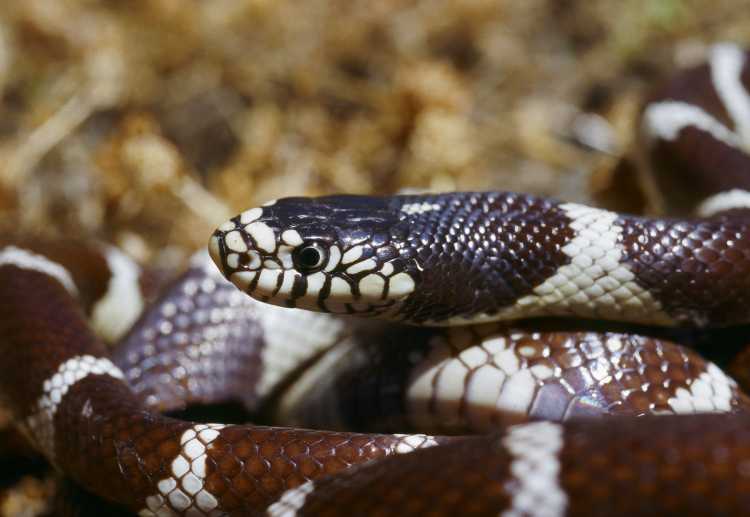
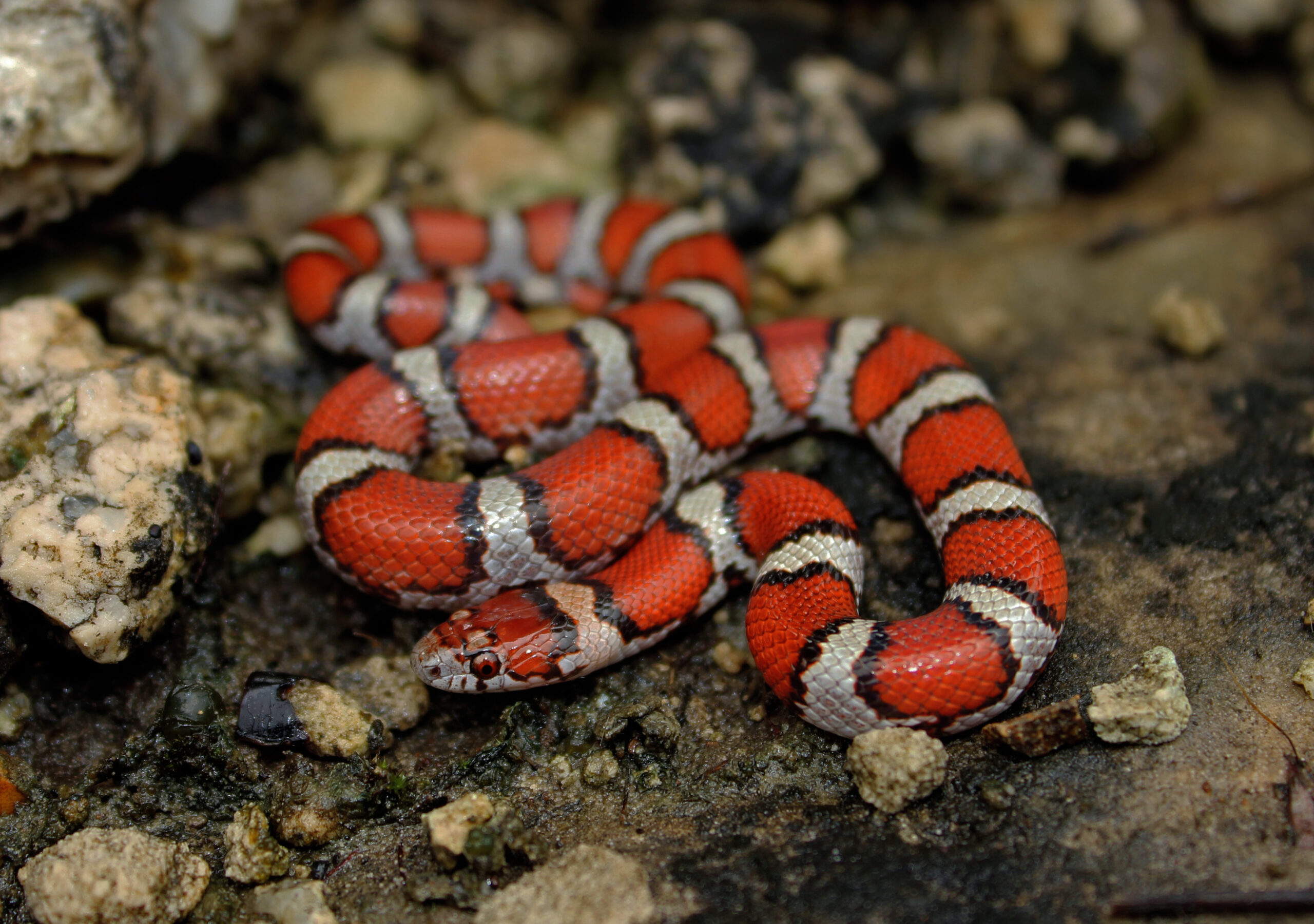




Leave a Reply